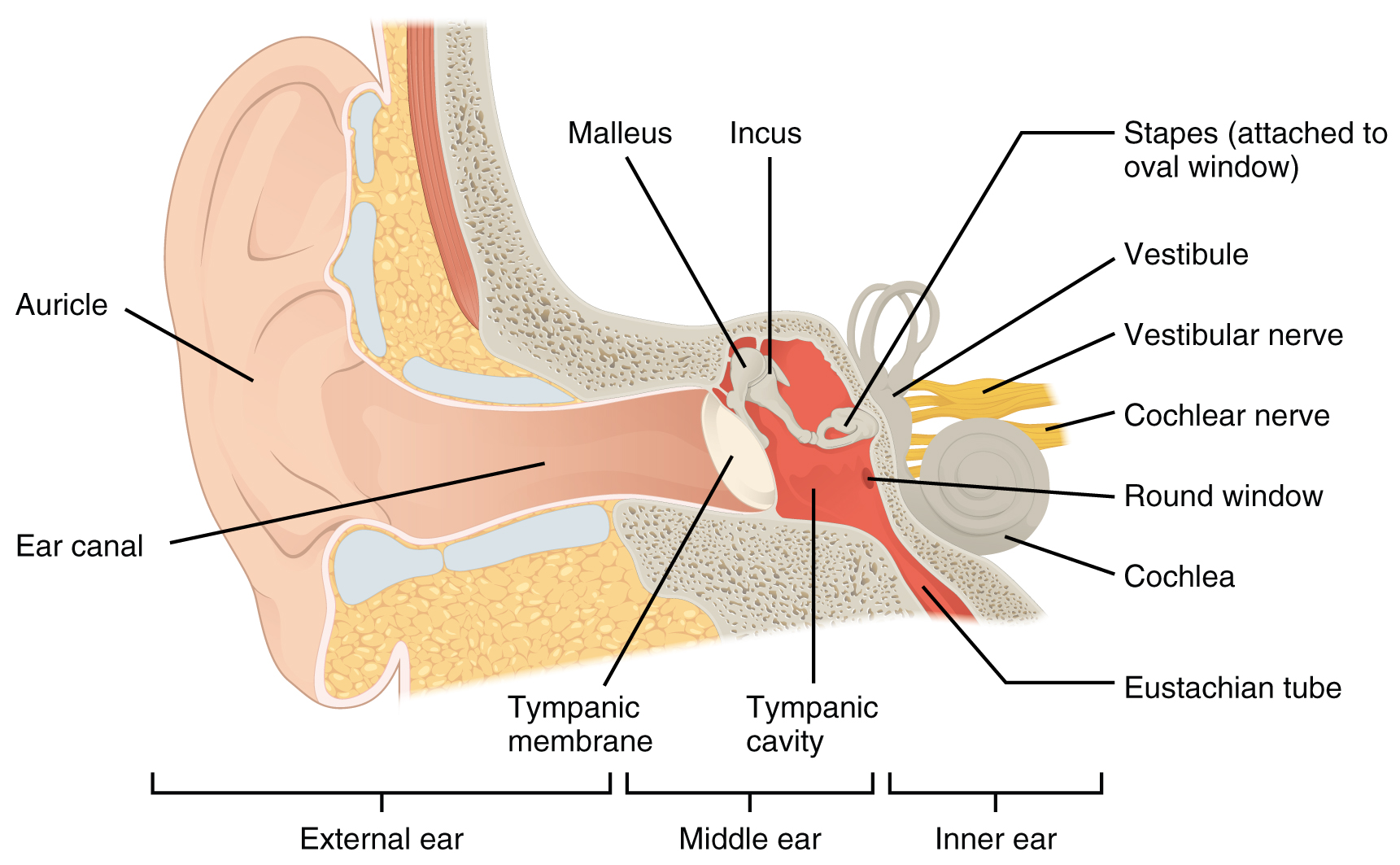Group A Streptococci (GAS)
GAS is a common bacteria which causes a range of infections including scarlet fever. These bacteria also cause other respiratory and skin infections such as strep throat and impetigo. These infections are usually mild, but some are more serious.
Invasive Group A Streptococci (iGAS)
GAS can also cause a rare, more serious infection called Invasive Group A Strep (iGAS). This occurs when GAS bacteria gets into parts of the body where it causes serious disease, like the lungs or bloodstream. Cases of iGAS are rare. Some current cases are presenting with sepsis-like symptoms.
While still uncommon, there has been an increase in invasive Group A strep cases reported in the United Kingdom (UK) this year compared to previous years, particularly in children under 10. Sadly, the UK have had iGAS cases and deaths. We have had no cases of iGAS in Gibraltar.
Investigations are also underway in the United Kingdom following reports of an increase in lower respiratory tract Group A strep infections in children over the past few weeks, which have caused severe illness. Currently, there is no evidence that a new strain is circulating. The increase is most likely related to high amounts of circulating bacteria and social mixing.
What to do if you are concerned about your child?
What should parents look out for?
It is always concerning when a child is unwell. GAS infections cause various symptoms, similar to common circulating viruses such as sore throats, chills, muscle aches, colds and coughs. These should resolve without medical intervention. However, children can on occasion develop a bacterial infection on top of a virus and that can make them more unwell.
Be aware of important sepsis symptoms:
- Blue, pale or blotchy skin, lips or tongue – on darker skin, check for blueness on the lips, tongue or gums, under the nails or around the eyes.
- Rash that doesn’t fade when you roll a glass over it.
- Difficulty breathing.
- Weak, high-pitched cry – not like their normal cry.
- Not responding like the normal, not interested in feeding or normal activities.
- Being sleepier than normal or difficult to wake.
Parents should trust their judgement when their child is poorly. Speak to your GP or call 111 if:
- Your child is poorly and getting worse.
- Your child is feeding or eating much less than normal.
- Your child has a dry nappy for 12 hours or more or shows other signs of dehydration.
- Your baby is under 3 months and has a temperature of 38°C, or is older than 3 months and has a temperature of 39°C or higher.
- Your baby feels hotter than usual when you touch their back or chest, or feels sweaty.
- Your child is very tired or irritable.
Act immediately, call 999 or go to A+E if your child:
- Is having difficulty breathing – such as grunting noises or their tummy sucking under their ribs.
- There are pauses when your child breathes.
- Child’s skin, tongue or lips are blue.
- Is floppy and will not wake up or stay awake
Help to reduce the risk of picking up or spreading infections
Good hand and respiratory hygiene are important for stopping the spread of many bugs.
- Teach your child how to wash their hands properly with soap for 20 seconds.
- Using a tissue to catch coughs and sneezes.
- Cuts, scrapes, wounds, bites should be thoroughly cleaned and covered.
- Keep away from others when feeling unwell
Advice for schools
- Children and adults with scarlet fever or GAS should not return to school until at least 24 hours after starting treatment with an appropriate antibiotic.
- Encourage good hand hygiene amongst all staff and pupils throughout the school day.
- Maintain usual guidance on infection control practices i.e. regular cleaning of school premises including high touch surface areas
Will children receive preventative antibiotics at school?
- No, unless we identify 2 or more associated iGAS infections, an Outbreak Control Team may consider, through risk assessment, offering prophylactic antibiotics to selected individuals only.


